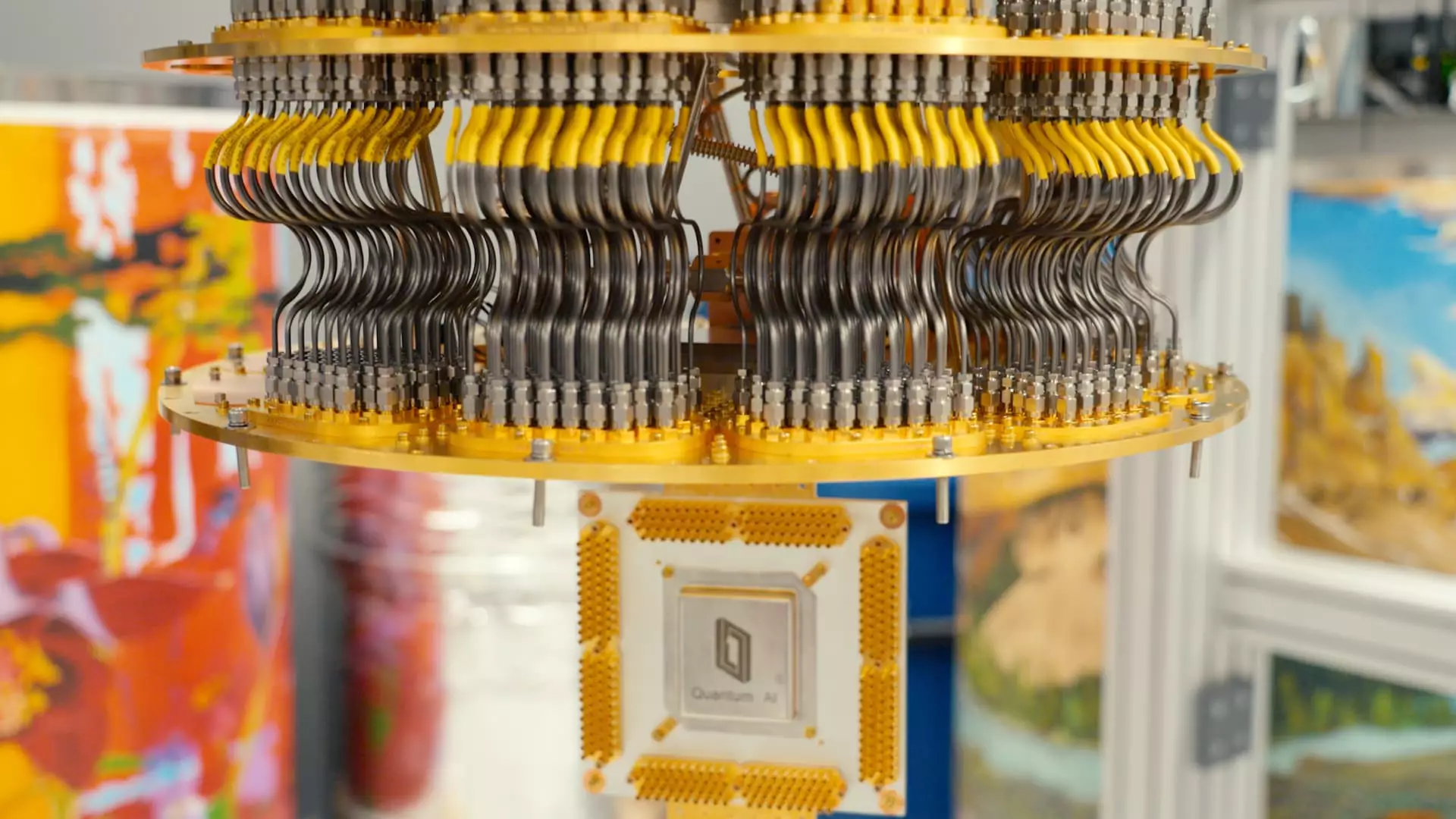In a secluded area of Santa Barbara, California, a team of pioneering scientists at Alphabet is embarking on a trailblazing journey to develop highly advanced quantum computers. Known for their propensity to reshape technological landscapes, Alphabet’s lab is reframing the discourse around what constitutes an innovative edge. Julian Kelly, the director of hardware at Google Quantum AI, has unequivocally remarked on the synergistic potential of quantum computing and artificial intelligence (AI). This assertion is significant; it highlights a tactical pivot for a company that has been perceived as lagging behind the likes of OpenAI, which catapulted generative AI into mainstream prominence with ChatGPT in 2022.
Seizing the Competitive Moment
Understanding the ramifications of this perceived delay, Google made decisive moves in late 2022, when they unveiled the Willow quantum computing chip. This breakthrough represents not just vanity metrics but a genuine advancement in computing capabilities; Willow’s ability to tackle benchmark problems at speeds unfathomable by classical computers marks a pivotal moment in quantum computing history. John Preskill, a luminary in the domain from Caltech, affirmed that Willow could set a foundation upon which broader technological advancements can be constructed. This chip is not merely a step forward for Google but a potential leap into the forefront of high-tech innovation.
The Intersection of Data and Quantum Mechanics
The urgency behind Google’s quantum ambitions finds its roots in the challenges facing contemporary AI models. With traditional data sources nearing saturation, there is an emerging consensus that innovative solutions must fill the data void. Kelly emphasizes that the prospective applications of quantum computers extend beyond traditional computation, suggesting their ability to “generate new and novel data.” This intriguing notion aligns with the concept of AlphaFold—an award-winning AI model from Google DeepMind—demonstrating how AI can synergistically benefit from quantum mechanics. It’s an exciting proposition that resonates with the challenges faced by researchers and tech companies alike: how to synthesize new datasets that breathe life into AI methodologies.
A Vision of the Future
Kelly’s projections are unabashedly optimistic. He posits that we stand on the precipice of a breakthrough where quantum computers will enable applications currently beyond reach. His assertion that such practical implementations are merely five years away is both ambitious and indicative of Google’s aggressive strategy. This vision encapsulates the powerful intertwining of quantum computing and AI, suggesting that the next wave of technological evolution may not just be about faster computations but about redefining the possibilities of what computers can achieve.
In an era defined by rapid technological acceleration, Google’s endeavors in quantum computing represent more than just a calculated gamble; they embody the potential to herald a new epoch of innovation that could transform not only how we interact with data but ultimately how we understand the fundamental principles of science and technology moving forward.

